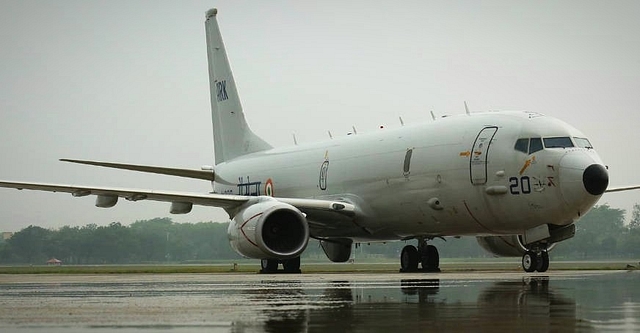
India Still The Largest Importer Of Arms In The World As Pakistan Cuts Down On Its Imports
According to a Stockholm-based think tank report, India continues to be the world’s largest arms importer. Increasing by 24 per cent in the five year period from 2013-17, the imports from the US alone have grown over 557 per cent. Currently, India’s imports constitute 12 per cent of the global imports, thus making it the largest weapon importer for over ten years now. The news comes across as a surprise, given PM Modi’s increased focus on the ‘Make in India’ campaign.
Spending over $100 billion on purchasing new weapons and systems from 2008-17, India’s imports covered close to 65 per cent of the nation’s military needs. Alongside, contracts for fighter jets, special operations aircraft, submarine hunter planes, lightweight howitzers, and other weapons have been inked with leading manufacturers around the world.
India’s top arms supplier, Russia, constituted for 62 per cent of the imports for 2013-17. The imports from the US and Israel were 15 and 11 per cent respectively, Hindustan Times has reported.
Pakistan, however, witnessed a sharp decline in its imports by 36 per cent between the time period of 2008-12 and 2013-17, constituting only 2.8 per cent of the world’s arms imports. Given the volatile internal security situation in the country and rising tensions with India, one would have expected arms imports to Pakistan to stabilize.
Interestingly, Pakistan has now become one of the major destinations for Chinese arms exports, with imports from the US declining by 76 per cent, signalling an evident shift in the nation’s foreign policy.
In the annual budget last month, India increased its military spending by 7.8 per cent to Rs. 2.95 lakh crore. However, the spending is merely 1.57 per cent of the GDP, and on the decline. Rs. 99,563 crore has been set aside for the purchase of advanced weapons and systems.
The increased dependency on arms imports comes with its own set of problems, and for India to create self-sufficiency in the domain of weapon manufacturing, the verbal promises made around the ‘Make in India’ campaign must be transformed into progressive policies and subsequent action.